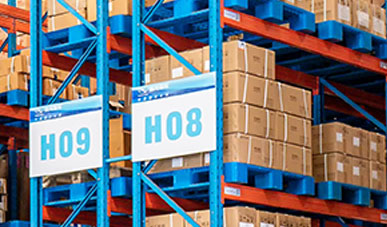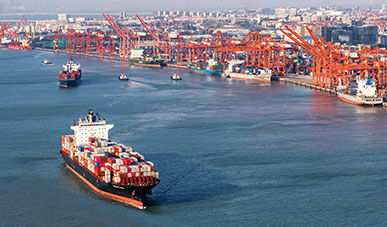At Ink Logistics Solutions we believe that a great customer experience means more than just shipping your packages on time. We strive to exceed the expectations of our clients and make their shipping experience so seamless and easy that they never want to use another logistics company again.

Ink Logistics Advantages
Ink logistics refer to the management of ink supplies used in various printing processes, such as offset, digital, or flexographic printing. The advantages of ink logistics include:
Cost savings: Effective ink logistics can help reduce the cost of ink procurement, storage, and distribution, by optimizing inventory levels, reducing waste, and negotiating better pricing with suppliers.
Improved production efficiency: Having the right ink in the right place at the right time can minimize production downtime, reduce waste, and improve printing quality.
Streamlined supply chain: Efficient ink logistics can streamline the ink supply chain by reducing lead times, increasing transparency, and improving collaboration with suppliers.
Better quality control: Proper ink management can help maintain consistent color accuracy, ensure proper ink viscosity and pH levels, and reduce the risk of contamination, which can improve the quality of printed products.
Enhanced sustainability: By reducing ink waste, improving ink handling and storage practices, and using eco-friendly inks, ink logistics can help reduce the environmental impact of printing operations.
In summary, effective ink logistics can help printing companies improve their bottom line, enhance production efficiency and quality, and reduce their environmental footprint.
Ink Logistics Process
The ink logistics process typically includes the following steps:
Ink planning: The first step is to determine the types and quantities of ink required for specific printing jobs, based on customer orders, production schedules, and ink usage history.
Ink procurement: The next step is to order ink from suppliers or manufacturers, taking into account factors such as cost, quality, lead times, and minimum order quantities.
Ink storage: Once the ink is received, it is stored in appropriate containers or tanks, with proper labeling and handling instructions. Ink storage areas should be temperature-controlled and ventilated to ensure ink stability and prevent contamination.
Ink distribution: Ink is distributed to printing presses or other production sites as required, either through an automated ink supply system or manual distribution.
Ink inventory management: Ink inventory levels are monitored and replenished as needed, using inventory management software or manual tracking methods. This helps avoid stockouts, reduce waste, and optimize ink usage.
Ink waste management: Unused or expired ink is properly disposed of or recycled, in accordance with local regulations and environmental guidelines.
Ink quality control: Ink quality is monitored and tested regularly to ensure consistency, color accuracy, viscosity, and pH levels, using various quality control tools and equipment.
Effective ink logistics requires close collaboration between ink suppliers, logistics providers, and printing companies. Advanced technologies such as RFID, barcode scanning, and automated ink dispensing systems can also be used to improve efficiency and accuracy.









